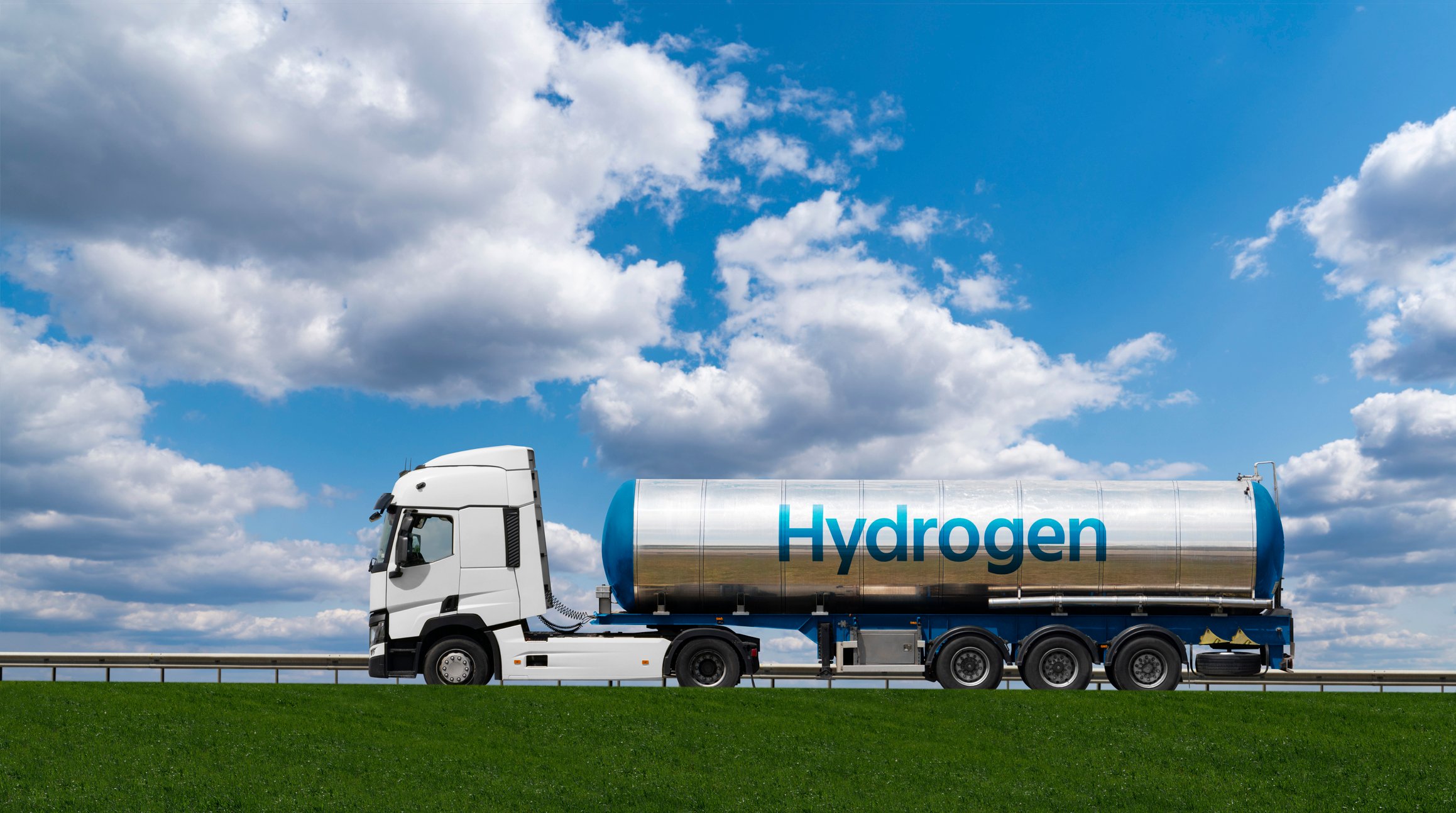Energy efficiency as a service, or EEaaS, is a growing trend that enables building owners in the public and private sectors to upgrade the efficiency of electricity and water systems, reduce utility usage, potentially save money, and become more environmentally friendly. Johnson Controls (JCI 0.98%), CBRE (CBRE 1.54%), and General Electric Company (GE 1.21%) have all made investments in companies that will perform these efficiency upgrades and enter long-term contracts, providing a new source of stable revenue for investors.
How does EEaaS work?
According to the U.S. Department of Energy, EEaaS is a pay-for-performance, off-balance-sheet type of finance structure that enables customers to implement energy and water efficiency projects with no up-front capital expenditure. The provider of the upgrades pays for project development, construction, and maintenance costs, and when the upgrades are finished, the customer makes service payments on a long-term basis. The payments are based on actual energy savings or other equipment performance metrics, the Department of Energy said, which result in immediate reduced operating expenses. The deals are typically done using a contract known as an energy services agreement, which extends for five to 15 years in most cases. https://betterbuildingssolutioncenter.energy.gov/financing-navigator/option/efficiency-a-service
Programs encouraging building owners to test EEaaS initiatives are springing up around the U.S. Last year, for example, the Seattle City Council directed its electric utility to enter into pilot projects for up to 30 buildings using EEaaS contracts that can extend up to 20 years.

Image source: Getty Images.
Three early movers
Johnson Controls is a building technology provider active in the healthcare, education, data center, and manufacturing sectors. The company provides EEaaS options, which it refers to as energy performance contracting. In particular, it has been working to come up with new building-chilling equipment that will be used to replace equipment that uses hydrofluorocarbons, which is being phased out in some states under environmental regulations.
The company has also invested in San Francisco-based Carbon Lighthouse, an energy efficiency startup that aims to erase the 20% of global emissions from nonresidential buildings.
Commercial real estate services provider CBRE has an energy and sustainability unit focused on reducing environmental impact with programs designed to generate both immediate results and long-term financial benefits. The company provides upgrades to water, waste, and recycling infrastructure; energy supply and lighting; and heating, ventilation, and air conditioning. In 2018 the company made an investment in Redaptive, a company that finances and manages building efficiency projects, recovering costs from savings delivered. “The challenge for many of our clients is securing capital and project resources to implement energy conservation measures when their organization has so many other priorities," said John Hagen, CBRE managing director of energy and sustainability. "We are excited to support Redaptive and bring forward a compelling option for our clients."
Industrial conglomerate GE has for many years offered its customers LED and traditional lighting upgrades, smart controls, sensors, and software. The company organized its energy efficiency capabilities into a unit known as Current in 2015 and last year agreed to sell that business to American Industrial Partners, a private equity firm, as it has worked to bolster its balance sheet through asset sales. GE continues to generate revenue from the business through a licensing agreement.
Should investors get in on the trend?
EEaaS programs are likely to become more appealing to commercial building owners and operators over time for several reasons. They can improve the percentage of a company's power consumption that is certified as "green" power, which is often important to the company itself and to shareholders or customers. They can also enable buildings to gain access to state-of-the-art equipment without a major capital expenditure. Perhaps most importantly, the programs are starting to be mandatory, as in the case of Seattle.
Johnson Controls, CBRE, and GE represent very different types of investments. For example, Johnson Controls and GE are dividend-paying stocks, while CBRE is not. So prospective investors should take a deep dive on each company's financial health. In addition, it is possible that if the market for EEaaS really takes off, Johnson Controls may feel its effects most acutely, because EEaaS is more of a core business for the company. However, investors would be wise to keep an eye on Johnson Controls, CBRE, and GE to determine whether any of them gain a tangible early-mover advantage in this expanding market.








